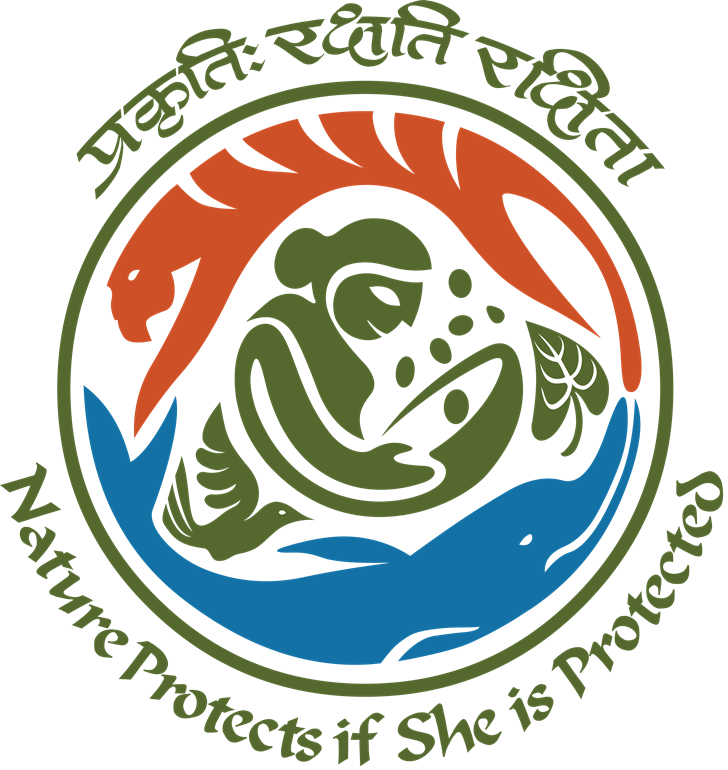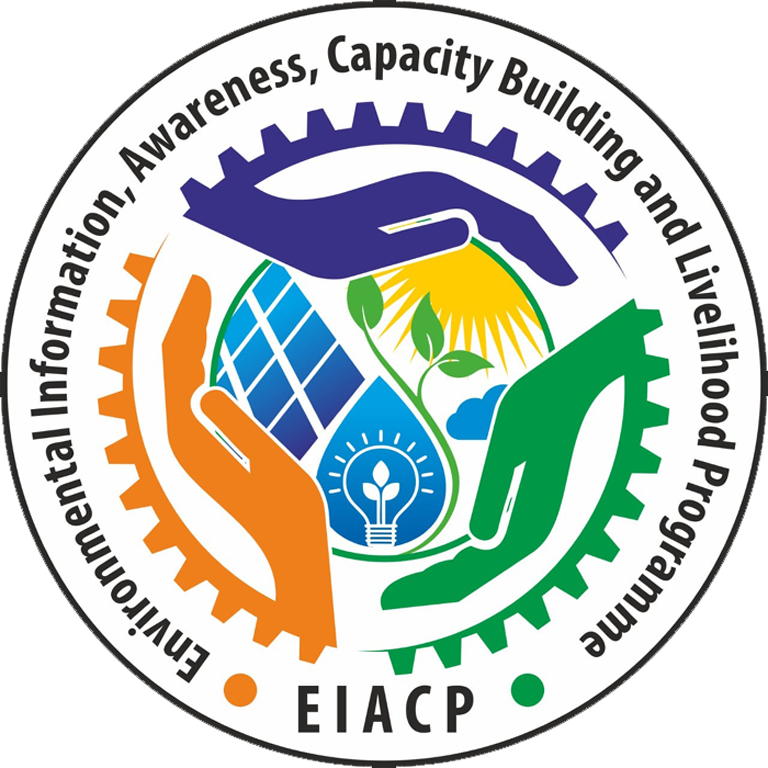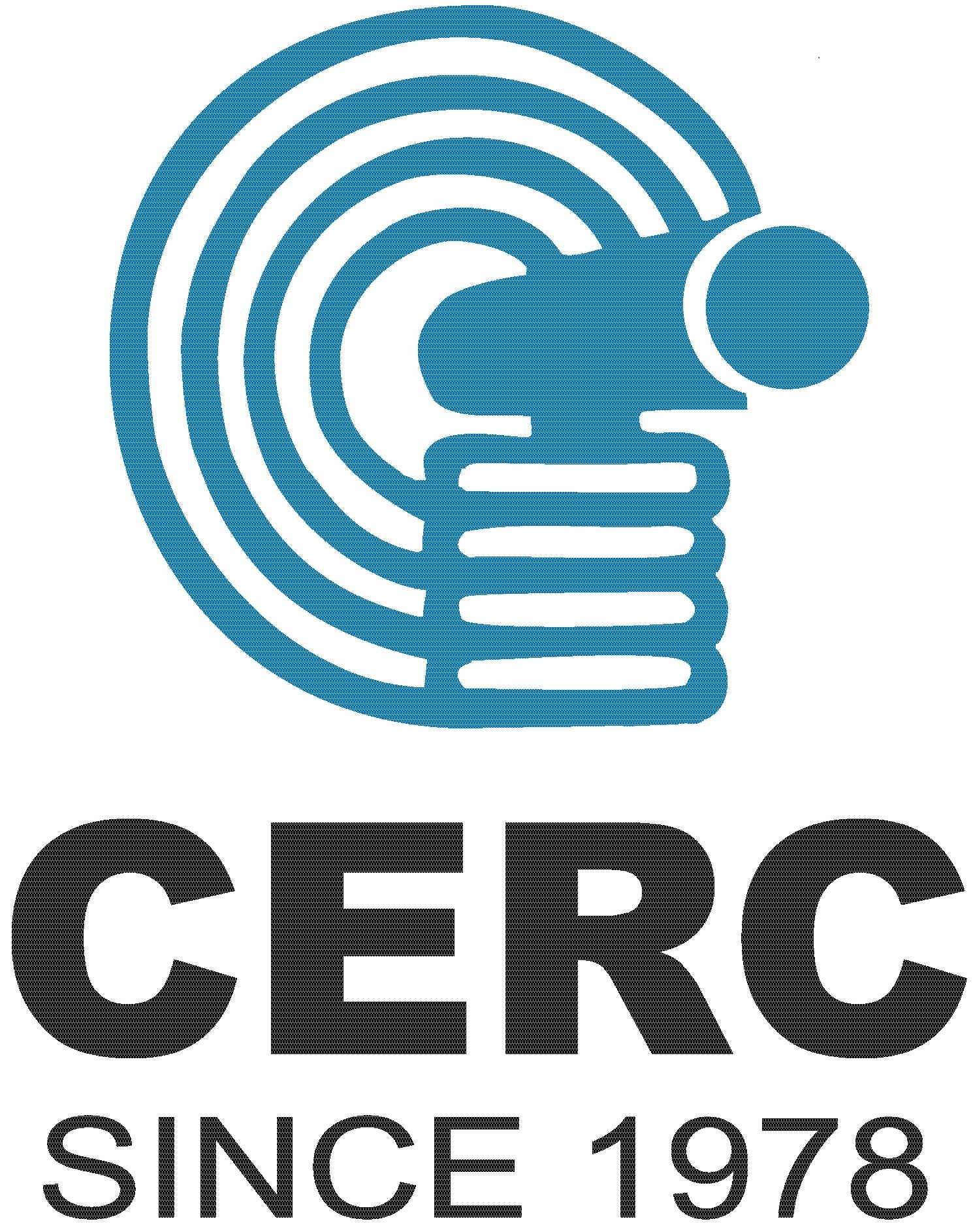A collection of information on companies with green internets, consumer organizations, eco friendly companies and more….
GreenPro - Green Product Certification is a product certification which helps an environmentally conscious customer to make an informed choice to buy eco-friendly products. It is a mark of guarantee that the product which bears the GreenPro label is environment friendly throughout its life cycle. GreenPro ultimately empowers a customer with the knowledge of the product and steer towards sustainable products. GreenPro encourages the product manufacturers to implement green measures in areas including product design, raw materials, manufacturing process, product performance during use, recycling/disposal, etc. Focus areas of GreenPro include - green building products, industrial products, technologies, consumer products and services. The GreenPro Certification is awarded by the Confederation of Indian Industry.
The Government of India has implemented the National Programme for Organic Production (NPOP). The national programme involves the accreditation programme for Certification Bodies, standards for organic production, promotion of organic farming etc. The NPOP standards for production and accreditation system have been recognized by European Commission and Switzerland for unprocessed plant products as equivalent to their country standards. Similarly, USDA has recognized NPOP conformity assessment procedures of accreditation as equivalent to that of US. With these recognitions, Indian organic products duly certified by the accredited certification bodies of India are accepted by the importing countries.
Consumers International (CI) is the world federation of consumer groups that, working together with its members, serves as the only independent and authoritative global voice for consumers. CI is founded in 1960 and since then it is fighting for a fair, safe and sustainable future for all consumers in a global marketplace increasingly dominated by international corporations. CI helps, protects and empower consumers everywhere with the help of over 240 member organisations in 120 countries. CI is a not-for-profit company limited by guarantee and registered in the UK (company no. 4337865). To know who are the members please click.CI is also a registered UK charity (no. 1122155).
Bureau of Indian Standards provides licence under the scheme of Ecomark. Please find the list of licencees.
Consumers International (CI) is the world federation of consumer groups that, working together with its members, serves as the only independent and authoritative global voice for consumers. CI is founded in 1960 and since then it is fighting for a fair, safe and sustainable future for all consumers in a global marketplace increasingly dominated by international corporations. CI helps, protects and empower consumers everywhere with the help of over 240 member organisations in 120 countries. CI is a not-for-profit company limited by guarantee and registered in the UK (company no. 4337865). To know who are the members please click.CI is also a registered UK charity (no. 1122155).
The Consumer Co-ordination Council (CCC) is the national level apex body for all consumer organisations in India. Its members are spread all over. CCC provides information and analysis of consumer related laws and judgements. It seeks to enforce Citizen Charters and focus its advocacy on policymakers, legal professionals, consumer activists and manufacturing companies. It has developed national information gathering mechanisms on consumer related issues including an online redress system using online database / portal and providing online support to consumers. CCC is a member of several policy-making bodies and law-making organisations. It also sits on various advisory committees of the Indian government. To know who are the members please click
Eco-Friendly Gadgets
The world of green gadgetry covers everything from hydrogen powered cars, solar powered gadgets, those containing recyclable plastic to alarm clock radios with wind up crank handles and even mobile phones with green credentials, demonstrating how manufacturers are innovating with environmental concerns in mind. The eco-friendly gadgets blog brings the reviews of products and companies who are developing the growing number of these eco-conscious alternatives.
A Guide to Greener Electronics
Production of the electronic devices cause a lot of pollution, consumption of a lot of natural resources; and when the devices are ready to use, they consume energy. They can leave toxic foot-marks and can be toxic themselves as well. Green technology, also known as environmentally friendly technology uses science to safeguard the natural environment and resources as well.
Greenpeace released Guide to Greener Electronics. This report shows several leading electronics brands and environment-friendliness of their products. The Guide evaluates leading consumer electronics companies based on their commitment and progress in three environmental criteria: Energy Use, Resource Consumption, and Chemical Elimination.
Shop GREEN
Canada based Grand & Toy a leading provider of workplace products and solutions serving businesses. It has launched a programme to help Canadian businesses reduce their waste, energy consumption and chemical use by purchasing environmentally sustainable products. It assigns “shades of green” to qualifying products in the Grand & Toy catalogue. Products are rated green, light green, or dark green, depending on their environmental benefits relative to other products in their category.
A 'Green' Guide to Holiday Electronics Gifts
Choosing the most efficient models of electronic products can substantially reduce home energy costs which save your pocket and the environment. Selection of right products have an impact on nation too, in lowering energy bills by several billion cash per year while preventing the release of millions of tons of carbon dioxide, the main pollutant responsible for climate change, from the power plants that run these devices. To help you choose the right gifts for your family and friends, the Natural Resources Defense Council (NRDC) launched a “2015 Green Electronics Holiday Guide.” It also guided what to do with the old stuff.
The Green Rating Project (GRP) is an effort of the Centre for Science and Environment (CSE) to rate industrial units within a specific sector on the basis of their environment friendliness. The project aims at encouraging companies to adopt better environment management policies. CSE is a public interest research and advocacy organisation based in New Delhi. CSE researches into, lobbies for and communicates the urgency of development that is both sustainable and equitable. CSE awards Green Leaves Award in recognition of the rating achieved by industries on the basis of their environmental performance in various sectors covered under Green Rating Project. The sectors are
- Cement Sector: Rating Scorecard
- Pulp and Paper Sector: Rating Scorecard
- Automobile Sector: Rating Scorecard
- Chlor-alkali Sector: Rating Scorecard
- Iron and Steel Sector: Rating Scorecard
- Thermal Power Sector
- Ratings influence stock market: Do Stock Markets Penalise Environment-Unfriendly Behaviour? Evidence from India
Testing of any consumer product, raw materials, and parts is a necessary requirement in providing total quality assurance to clients and ensuring the overall safety of end consumers. A list of recognized and accredited laboratories are listed here.
- List of BIS recognised Laboratories
- Specialized Labs / Other Labs - Facilities of which are being utilized by BIS
- List of recognised Laboratories (NABL Accredited) not accepting BIS Testing Charges But Their Own
- Directory of NABL (National Accreditation Board for Testing and Calibration Laboratories) Accredited Testing Laboratories: List of Laboratories Accredited in Accordance with the Standard ISO/IEC 17025: 2005
- List of FSSAI Notified NABL Accredited Food Testing Laboratories for Analysis of Food samples taken under FSS Regulation for 1 year
Patent on products or designs that provide environmental benefit. The blog gives information on lawsuits filed in the name of “Green Patent.”
Green Patent Blog is dedicated to discussion and analysis of intellectual property issues in clean technology and renewable energy. It covers lawsuits filed in the name of “Green Patent.” Green patent complaints are in the areas of hybrid electric vehicles, ethanol production, LEDs, water treatment, exhaust treatment catalysts and many more.
Eric Lane is the founder and author of Green Patent Blog - an award-winning website. His book, Clean Tech Intellectual Property: Eco-Marks, Green Patents, and Green Innovation, published by Oxford University Press, is one of the first comprehensive resource on issues at the intersection of IP and green technologies. Mr. Lane is an Adjunct Professor at Thomas Jefferson School of Law and Of Counsel at McKenna Long & Aldridge in San Diego, where he is part of the Climate, Energy & Sustainability practice group and the Intellectual Property & Technology practice group.
The Central Pollution Control Board enlisted 17 categories of highly polluting industries and grossly polluting industries discharging their effluents into the rivers and lakes. Know more about these industries.
There are different regulatory bodies which monitor and protect the environment and formulate policies and regulations.
Environmental laboratory services test for a range of analytical parameters to provide the data-environmental parameters-needed to meet Environmental Regulatory Requirements or Assess the impact of industrial activities.
Environment laboratory with office accross the world
Nowadays many companies are claiming to be “green.” However, they still emit a ton of greenhouse gases and their manufacturing processes are also highly energy intensive. There are surveys of these companies and publish reports about their environmentally friendly business practices. Consumers are also concerned about the environmental impacts of the products they buy. It will help consumers to identify environmentally-friendly companies who manufacture eco-products.
Major tech companies are working to power the Internet with renewable energy. According to the Greenpeace report, “Clicking clean: How companies are creating the green Internet” some of the Internet’s biggest names are making impressive strides to reduce the carbon footprint of the cloud. For this spotlight of 19 cloud-computing corporations — both household names and lesser-known brands — Greenpeace considered more than 300 data centers. The report describes the mix of energy sources — including renewables, natural gas, coal and nuclear — used by each company.
Greenpeace launched its second report on the sustainability credentials of the data centre and cloud industry.“Clicking Clean: Who is winning the race to build a green internet?” suggests that the IT sector consumes 7% of global electricity, with an anticipated threefold increase by 2020.
“Which pesticides are banned?” This question is often asked by people. There are still hundreds of pesticides in use for which there are serious, documented concerns for human health. This list will help to know about pesticides banned for manufacture, import and formulations.
A pesticide is any substance used to kill, repel, or control certain forms of plant or animal life that are considered to be pests.
Why We Use Pesticides
Pesticides are used in agriculture to control weeds, insect infestation and diseases. There are many different types of pesticides; each is meant to be effective against specific pests. Some examples include:
- Algaecides to kill and/or slowing the growth of algae.
- Antimicrobials to control germs and microbes such as bacteria and viruses.
- Disinfectants to control germs and microbes such as bacteria and viruses.
- Fungicides to control fungal problems like molds, mildew, and rust.
- Herbicides to kill or inhibit the growth of unwanted plants, also known as weeds.
- Insecticides to control insects.
- Insect Growth Regulators to disrupt the growth and reproduction of insects.
- Rodenticides to kills rodents like mice, rats, and gophers.
- Wood Preservatives to make wood resistant to insects, fungus and other pests.
There are significant Public Health Problems that are caused by pesticides. Pesticides may cause acute and delayed health effects in people who are exposed. There is substantial evidence of impact of pesticides on health and its use raises a number of environmental concerns. So pesticides must be approved for sale and use by a government agency. There are many pesticides used in one country are banned in other countries.
“Which pesticides are banned?” This question is often asked by people in developing countries, ranging from companies exporting food produce, to government policy-makers, NGOs and journalists.
A “banned” pesticide is defined as a pesticide for which all registered uses have been prohibited by final government action or for which all requests for registration or equivalent action for all uses have, for health or environmental reasons, not been granted.
A “severely restricted” pesticide is defined as a pesticide for which virtually all registered uses have been prohibited by final government regulatory action, but for which certain specific registered use or uses remain authorized.
There is a ban on the use of specific synthetic dyes for textile dyeing. India has also banned the use of dyes.To know more
- Soaps & Detergents
- Paper
- Food Items
- Lubricating Oils
- Packaging Materials
- Architectural Paints and Powder Coatings
- Batteries
- Electrical/Electronic Goods
- Food Additives
- Wood Substitutes
- Cosmetics
- Aerosol Propellants
- Plastic Products
- Textiles
- Fire Extinguishers
- Leather










